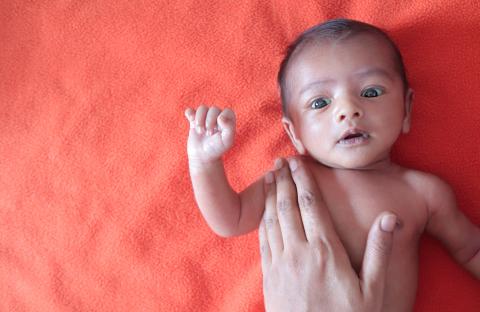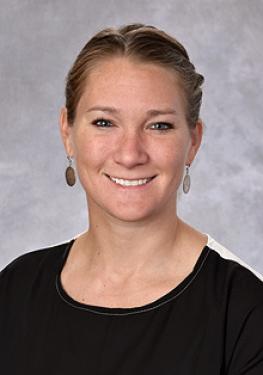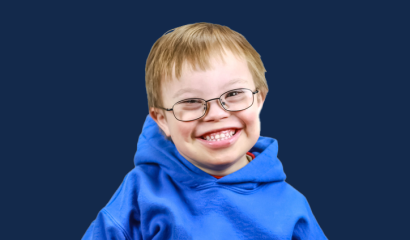Bright Futures
Articles and Updates from Phoenix Children's
May is a month dedicated to learning about strokes and to advocate for those touched by this sudden and serious medical condition. Barrow Neurologic Institute at Phoenix Children’s is a comprehensive stroke center treating stroke in children and infants in Arizona and the southwest region.
Many people are surprised to learn kids can have strokes. Unfortunately, most realize this only after a stroke happens to their child or a child in their family. About 6 out of 100,000 children have strokes every year and stroke is among the top 12 causes of deaths in those aged 1-19 years. Strokes are caused by something blocking oxygen and nutrients from getting to a part of the brain. This can either be due to a clot or the blood vessel itself can break allowing blood to enter the brain. When this happens, a portion of the brain can be damaged and die. There are many types of strokes and each of these have different causes and individualized treatment.
Whenever there is concern a child may be having a stroke, our stroke protocol is immediately activated. A highly trained and specialized stroke team is always on call and is contacted immediately. Our Neurocritical Care Program team can very swiftly get an MRI of the brain to direct care and treatment. While the MRI is happening, the stroke neurologist is actively reviewing the pictures in real time. Depending on what kind of stroke has occurred, treatment progresses immediately.
The team at Barrow Neurological Institute at Phoenix Children’s has access to clot-busting medication which can be given right away and getting this medication to the child as soon as possible is very important. If there is a big clot stuck in the blood vessel, our neuro-interventional doctor can emergently remove it using special wires and catheters. Our neurosurgeons are also on stand-by should they need to take the patient to the operating room if the stroke has a lot of bleeding or swelling.
As soon as the stroke has been treated, the team begins to look for what caused the stroke. At Barrow Neurological Institute at Phoenix Children’s, we have all the latest technologies and can perform specialized imaging to evaluate every aspect of the brain and its vessels. This imaging allows us to make the right decisions in providing the right treatment at the right time. We are also able to check for any reason the blood would clot more quickly than in another child such as an unknown clotting disorder or an infection. Our stroke team uses all these pieces of information to design the best treatment to move forward while keeping the family involved in the care of their child.
Every week, our stroke team meets to discuss each case. The stroke team consists of specially trained and highly dedicated neuroradiologists, a neurointerventionalist, hematologists, and neurocritical care doctors. The images and other results are reviewed, and a discussion is held regarding how to safely move forward with further evaluation and treatment. Once the comprehensive work up is complete and the right treatment has been started, these children are then evaluated by our rehabilitation doctors to see if they would benefit from physical, occupational, and speech therapies. It is also determined whether the patient needs intensive inpatient rehabilitation or whether these therapies can take place at home.
Once discharged home, these children follow up in our multidisciplinary stroke clinic where we speak with the families about how to help their child continue to recover and to prevent additional strokes.
Our stroke team has successfully taken care of patients with all types of stroke. We have had newborn babies with strokes, patients in the Cardiac ICU who have had strokes related to their heart disease, children with underlying medical diseases that predispose them to have strokes, and children who have had strokes for unknown reasons. Barrow Neurological Institute at Phoenix Children’s excels in treating these children and continues to progress toward a better understanding of pediatric stroke to allow better outcomes for our precious patients.



